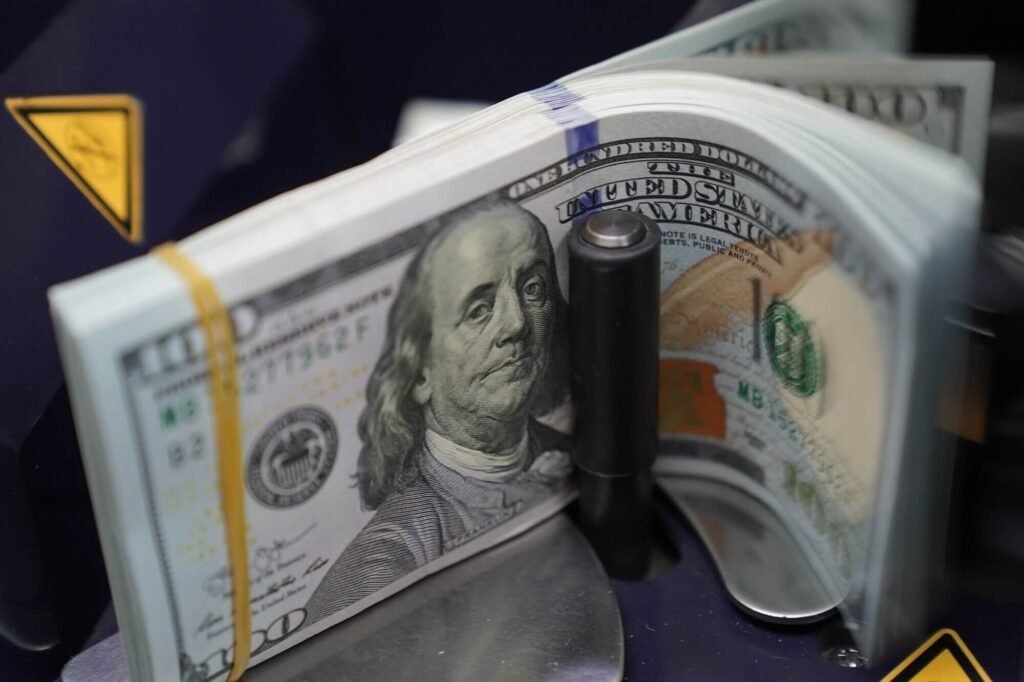This Content Is Only For Paid Member
The US dollar experienced a significant decline, reaching its lowest point since August, as traders absorbed the clearest indication yet that the Federal Reserve’s aggressive rate-hiking campaign has come to an end. The Bloomberg Dollar Spot Index fell by as much as 0.3%, extending losses from the previous day after Fed officials outlined a more pronounced pace of rate cuts than anticipated in September. The central bank opted to maintain interest rates for the third consecutive time.
Although Chair Jerome Powell hinted at the possibility of future hikes if inflationary pressures resurface, the broader sentiment among Fed officials suggests a conclusion to the tightening cycle. Policymakers are now shifting their attention to the timing of rate cuts as inflation continues its descent toward the 2% target, according to Powell.

Richard Franulovich, Head of FX Strategy at Westpac Banking Corp. in Sydney, noted, “The decisive Fed pivot to rate cuts has pretty comprehensively undercut near-term US dollar prospects. While the door is now wide open to the long-awaited big turn in the dollar, we still think it is going to take time to develop.”
Fed Signals Move Towards Rate Cuts as Inflation Targets 2%
Group-of-10 currencies, including the Australian dollar and the yen, all gained ground against the greenback on Thursday. Asian currencies saw broad gains, with the Korean won and Thai baht both climbing by 2%.
The dollar is poised for its second consecutive monthly loss, following its most significant monthly drop in a year in November, amounting to approximately 3%. The currency’s trajectory hinges on the pace of rate reductions communicated by other major central banks, balancing the fight against inflation with economic fragility.
Investors are closely watching the Bank of England and European Central Bank meetings scheduled for later Thursday, which will influence the sustainability of the dollar selloff. Former ECB President Jean-Claude Trichet suggested on Wednesday that persistent underlying US inflation might prompt the Fed to cut rates after its European counterpart.
Mahjabeen Zaman, Head of FX Research at Australia & New Zealand Banking Group in Sydney, emphasized, “One way FX moves post-Fed might be a little exaggerated as liquidity is much lower into year-end, but it also really depends if the ECB out-doves the Fed today or not. Going ahead, it is really going to be how much the gap between Fed expectations and market expectations narrows or widens that will be a determining factor for how much weaker the dollar goes.”




